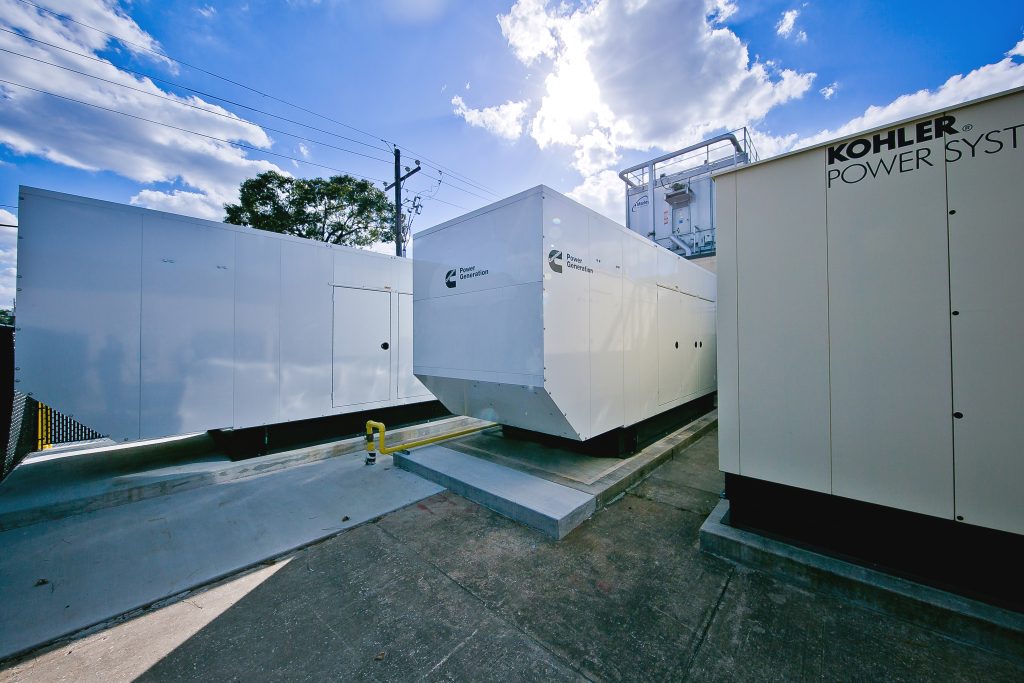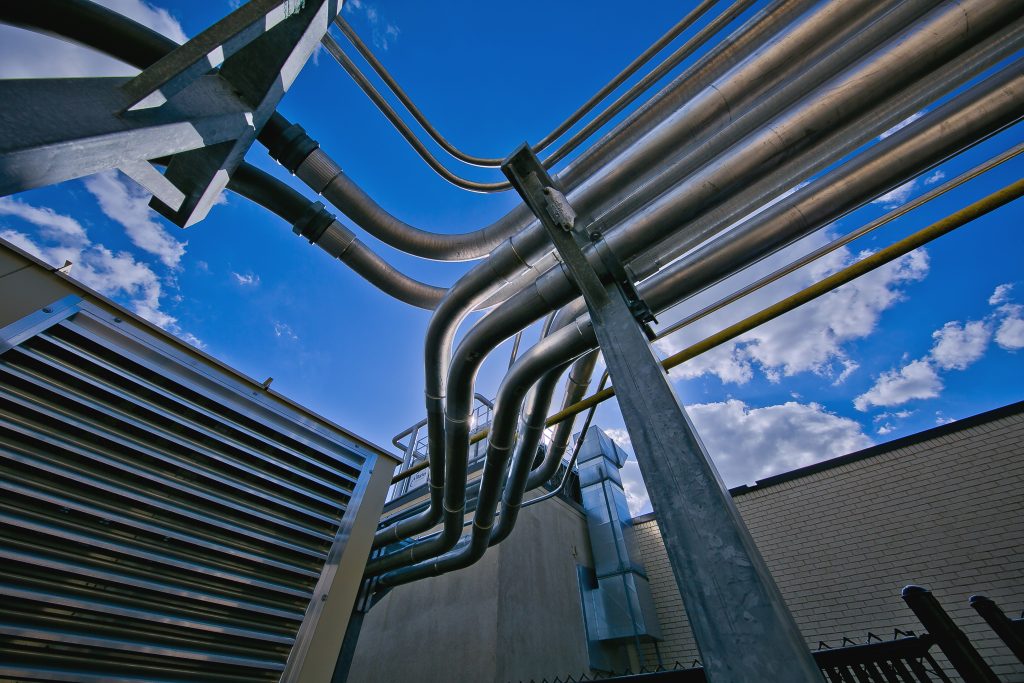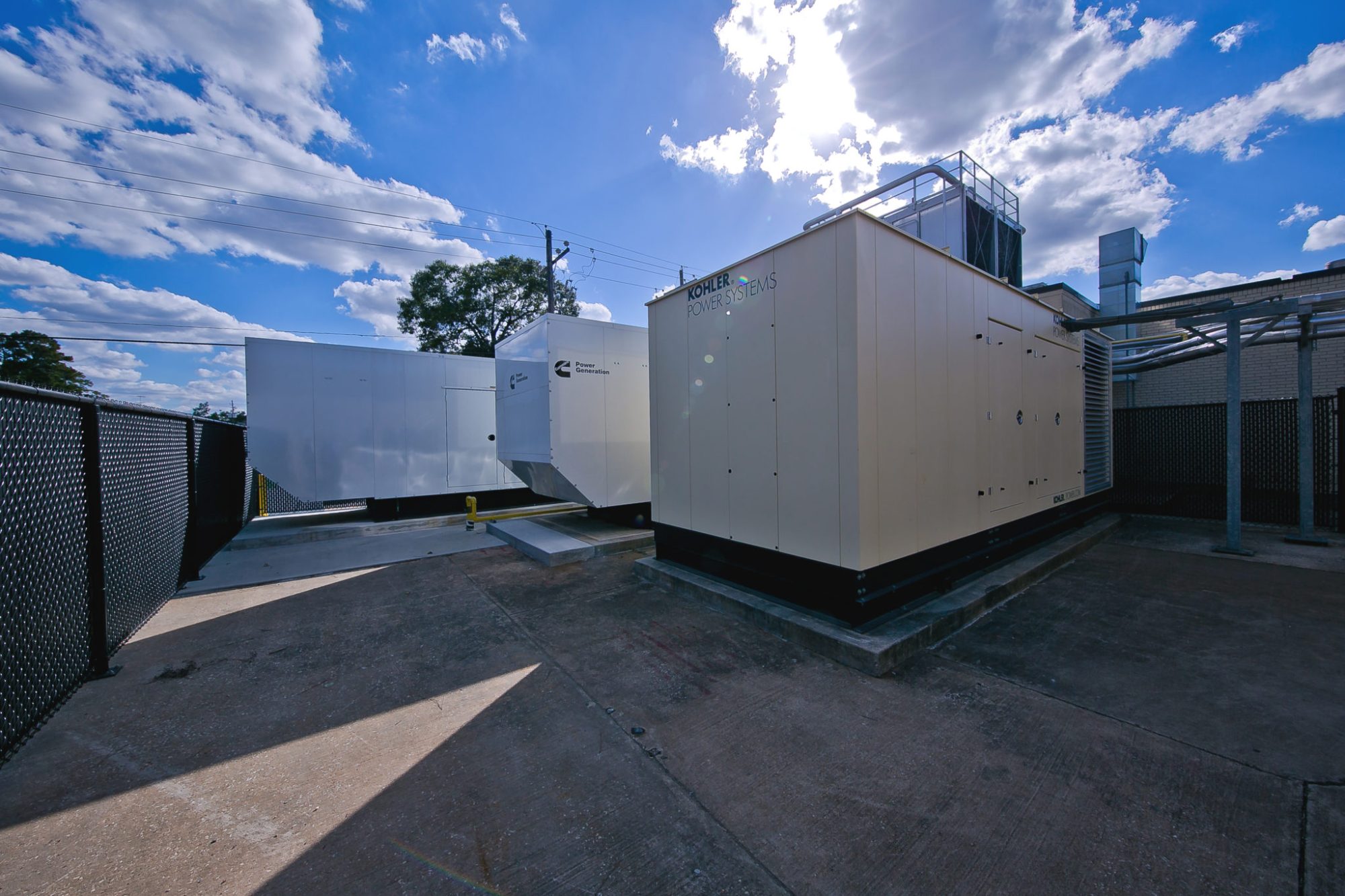If the week of February 15th taught us anything, it is that we are not immune, even in Texas, to severe winter weather.
The DBR family around the state had the full spectrum of experiences – from the fortunate few who didn’t lose power or water to those whose homes sustained serious damage. Commercial and educational buildings throughout the state were also impacted. Preparedness for events like this begins at the design stage.
Standby power is an important consideration for any weather events that could threaten power outages. An on-site generator is the best solution.

When selecting a generator, the fuel must be considered. Across Texas, natural gas is generally considered a reliable source, but there were some natural gas service outages in the recent weather event. If natural gas cannot be considered reliable, it is possible to include propane backup. Natural gas-powered generators increase in cost as capacity increases, making diesel generators more favorable for larger-sized equipment. Diesel fuel is stored on-site with the equipment but run time must be considered in sizing the tank. For extended outages due to weather, refilling of diesel fuel may also be unavailable for days. Coordination between the Owner and the engineer is required to determine what loads are critical, and right-size the backup equipment and distribution for those critical loads. A natural gas generator that only handles critical loads would be better than a diesel generator that runs out of fuel while serving non-essential loads.
Good engineering practice is to design piping for freeze protection when the system will be exposed to freezing under normal operating conditions. But what happens when the power is out, and normal operating conditions cease? It is important not to rely on electric heat trace for pipes that will quickly reach sub-freezing temperatures when the heating source goes out. Fire protection systems, when required in outdoor spaces, should be designed to eliminate freezing concerns. Dry pipe systems offer more of a guarantee than glycol systems that require maintenance to ensure continued freeze-resistance. Chilled water, condenser water, and hot water systems should be set up to cycle the water in freezing temperatures if any part of the system is exposed to freezing conditions, such as roof-mounted air handling units, air-cooled chillers, and cooling towers. Extended power outages with subfreezing temperatures could still prevent the freeze-protection system from operating. Risk must be weighed against the cost of standby power systems. Domestic water pipe materials must be chosen based on installed cost, longevity, and maintainability. Some materials offer better resistance to freeze damage than others.

It is important to plan for the worst-case scenario. When planning your next facility, consider these scenarios – not as unlikely events but real possibilities – and let us help make your facility ready.
It is also important to point out that renewable energy should not be discredited. Some renewable plants, especially wind energy plants, failed to stay online due to a lack of preparation for the weather extremes we experienced.
Just as some of us believed we didn’t need to worry about our pipes, operators of these plants never anticipated weather this severe. They are now going through the same things we all are – assessing what worked, what didn’t work, and what else could fail. They will be more prepared next time.

